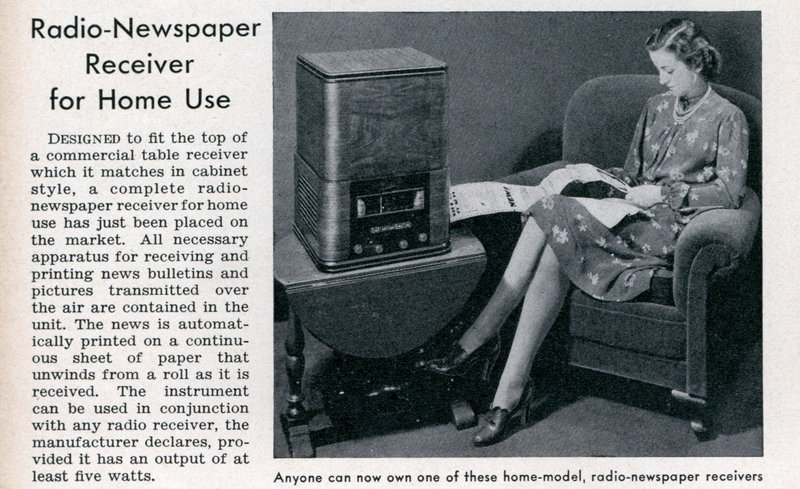 Charles M. Sennott is executive editor and vice president of GlobalPost, an international news platform based in Boston. I spoke with Sennott on March 24, 2009 and attended the morning editorial meeting following our discussion.
Charles M. Sennott is executive editor and vice president of GlobalPost, an international news platform based in Boston. I spoke with Sennott on March 24, 2009 and attended the morning editorial meeting following our discussion.
Charles M. Sennott was a veteran of 25 years of journalism including nine years of international reporting with the Boston Globe when he took a mid-career break as a Nieman Fellow in 2005. Shortly after he returned to the Globe, the paper announced that it would be shutting down all of its foreign bureaus and would rely on other sources for international coverage. His hope, or “five-year plan,” had been that his career would evolve into doing special projects, and possibly becoming the Globe’s foreign editor. He dreamed of doing a stint in Beijing, but the paper’s retrenchment eliminated all of those horizons.
![]() On one of his final foreign assignments, linked to the five-year anniversary of 9/11, he traveled to Afghanistan. He roamed the country with Gary Knight, a photojournalist who had founded the photo agency VII, which is particularly strong in gathering and marketing “premier conflict photography.” Knight asked him why foreign correspondents didn’t have a similar organization. This “push” led Sennott to hatch the idea of forming an independent, not-for-profit agency of top foreign correspondents who would do grant-funded projects and distribute the resulting content to publishers.
On one of his final foreign assignments, linked to the five-year anniversary of 9/11, he traveled to Afghanistan. He roamed the country with Gary Knight, a photojournalist who had founded the photo agency VII, which is particularly strong in gathering and marketing “premier conflict photography.” Knight asked him why foreign correspondents didn’t have a similar organization. This “push” led Sennott to hatch the idea of forming an independent, not-for-profit agency of top foreign correspondents who would do grant-funded projects and distribute the resulting content to publishers.
He developed a business plan around this idea and went shopping for financing, applying to the Knight News Challenge program and the Carnegie Foundation, and approaching several private philanthropists. While failing to gain funding commitments, he did receive strong encouragement, including from Knight, to continue his quest.
Continue reading this post at Nieman Journalism Lab.





 Steven R. Swartz,
Steven R. Swartz,